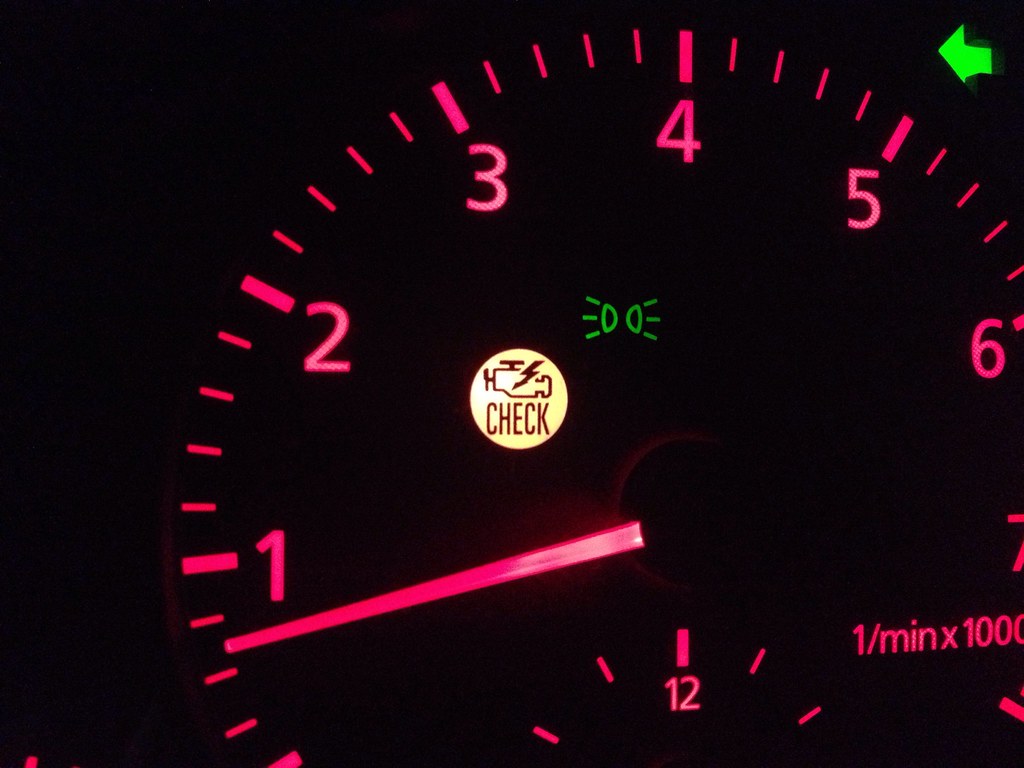Your car’s transmission is a critical component that ensures the smooth operation of your vehicle. Whether you’re a beginner or an automotive enthusiast, understanding how to diagnose, troubleshoot, and fix transmission issues is essential for maintaining your car’s performance and longevity. In this guide, we’ll walk you through the key points of identifying potential transmission problems and what to do about them.
Deciphering the Transmission Light
When the “transmission light” illuminates on your dashboard, it’s a signal that your vehicle’s automatic transmission or related elements might be experiencing issues. This light can be triggered by various factors, including overheating, overdrive problems, or traction control issues. Some vehicles use it as a general indicator for a range of transmission-related problems, while others might signal a need for maintenance, like low transmission fluid. Checking your owner’s manual or consulting a dealer can help you understand the specific issue.
Recognizing Transmission Failure Signs
Transmission problems can escalate quickly, leading to costly repairs if left unaddressed. Here are some common symptoms of a failing transmission:
- Burning Smell: A burning odor could indicate contaminated or old transmission fluid, which can cause overheating and premature wear.
- Noises in Neutral: Unusual clunking, humming, or whining noises while in neutral might point to transmission fluid breakdown or other mechanical issues.
- Leaking Fluid: Transmission fluid leaks, often evidenced by dark red spots on your driveway, can lead to friction, component damage, and transmission breakdown.
- Slipping Gears: Gears slipping in and out might be caused by worn transmission bands or low fluid levels. Seek a mechanic’s advice.
- Shaking or Grinding during Gear Shifts: Smooth gear shifts are essential. Vibrations or grinding suggest transmission trouble that needs attention.
- Car Won’t Respond in Gear: Hesitation when shifting indicates potential fluid issues or computer system glitches. Professional diagnosis is crucial.
- Check Engine Light: This light may indicate transmission problems among other issues. Using an OBD2 scanner can help identify the cause.
- Delayed Engagement: If your car hesitates before moving, it might be a sign of worn transmission or low fluid levels.
Addressing Transmission Maintenance
To ensure your transmission’s health and prevent major breakdowns, consider these preventive maintenance tips:
- Regularly Check Transmission Fluid: Keep an eye on transmission fluid levels, which should be checked alongside oil levels. Low fluid can lead to damage.
- Service Cooling System: Maintain your vehicle’s cooling system to prevent overheating of both the engine and transmission fluid.
- Use the Right Fluid: Always consult your owner’s manual for the correct transmission fluid type. Using the wrong fluid can lead to damage.
- Flush the Transmission: Change transmission fluid annually or as recommended by the owner’s manual to remove old fluid and debris.
- Minimize Towing: Avoid towing heavy loads if your vehicle isn’t designed for it, as it can strain the transmission.
- Warm Up Your Car: Let your car warm up briefly before driving to ensure proper fluid circulation and lubrication.
- Avoid Overusing Spare Tire: Overusing your spare tire can strain the transmission and other components.
- Don’t Shift While Moving: Shift gears only when your vehicle is stationary to prevent unnecessary strain on the transmission.
Conclusion
Understanding your car’s transmission and being vigilant about potential issues can save you from costly repairs and ensure a safe driving experience. Whether it’s heeding the warning of the “transmission light” or addressing symptoms like burning smells, unusual noises, or delayed engagement, taking action promptly can extend the life of your vehicle. Remember, preventive maintenance, such as regular fluid checks and servicing, can go a long way in keeping your transmission in optimal condition. If you encounter any of these signs, consult a professional mechanic to diagnose and resolve the issue before it worsens.

